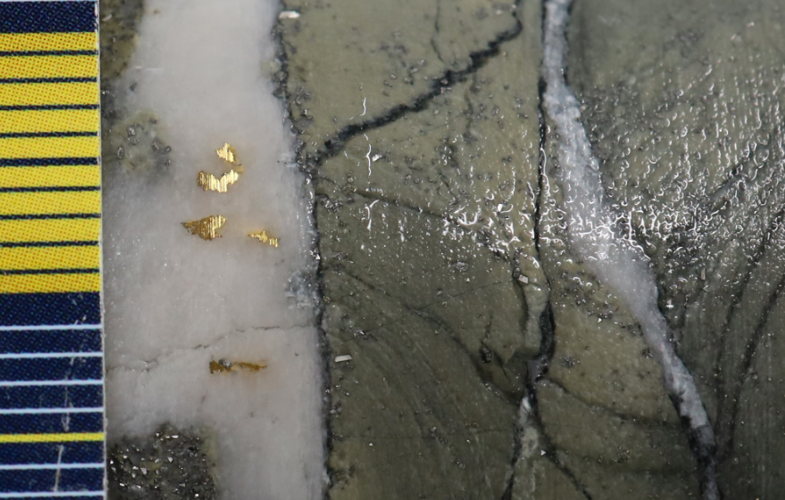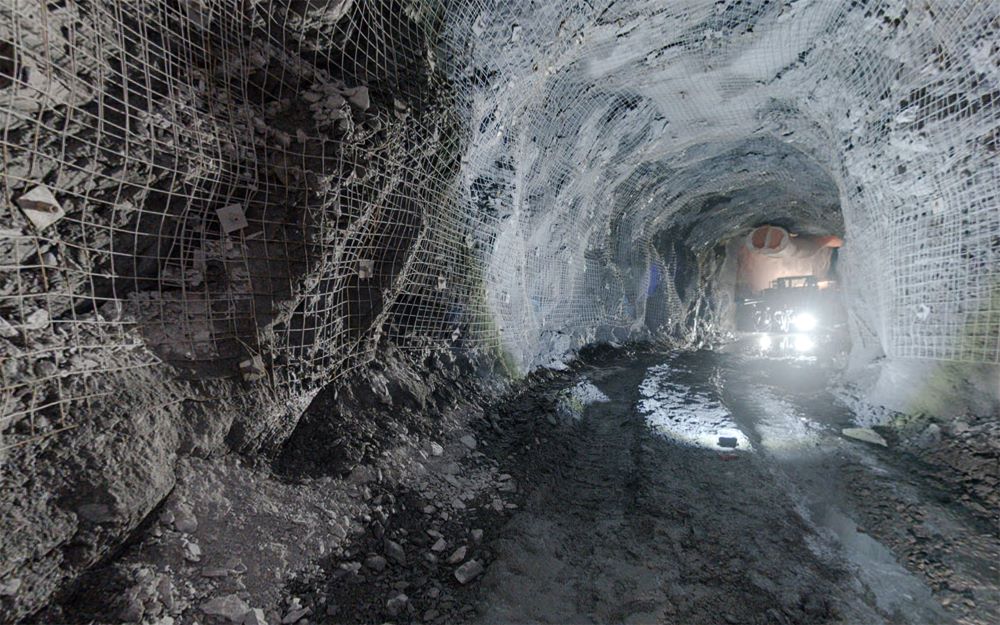The Syncrude mine may not have been the first major oil operation in the Athabasca Oil Sands, but it was the second and it still stands as one of the region's dominant oil sand projects.
The Great Canadian Oil Sands project, now known as Suncor Energy, and operated by the company of the same name, has the distinction being the first as it reached production in 1967, but just over ten years later, in 1978, Syncrude came on stream.
Since then the project has entrenched itself as one of Canada’s largest and most consistent oil producers, and while it has weathered some trying times, the most recent being a lawsuit filed against it by the Alberta government, there is still plenty of more oil to come out of the ground.
The latest complication involves a lawsuit filed by the Alberta government for $100 million as it alleges it hasn’t received its share of revenues from Syncrude.
Syncrude is operated as a joint venture that is made up of Canadian Oil Sands with 37%, Imperial Oil Resources with 25%, Suncor Energy with 12%, Sinopec with 9%, Nexen Oil Sands with 7%, Mocal Energy with 5% and Murphy Oil with 5%.
“Despite demands, the defendants have refused to pay the unpaid royalty proceeds or any part thereof,” the recently filed statement of claim reads.
While the wording is harsh, both the government and Syncrude insist that relations are not as acrimonious as the lawsuit makes them appear. The two parties have been locked in negotiations over the royalty issue ever since former premier Ed Stelmach introduced a new royalty structure for oil companies back in 2008.
The new structure took effect for Syncrude in April of 2010 and the two parties have been working on a deal ever since. The claim filed by the government marks the two year anniversary of the date the new royalties were set to take affect, and if the government didn’t file within that two year window it would have lost its right to take legal action in future.
Still, negotiations have taken longer than anyone expected with the key stumbling block being the amount of royalties Syncrude should pay on production since it transitioned to the new royalty structure.
When the new structure was introduced Syncrude opted to pay royalties on bitumen production rather than the on the synthetic crude, which is the facilities final product.
Part of the sticking point of negotiations is trying to determine if the royalty should be charged on bitumen or crude when dealing with the inventories Syncrude was holding at the time of the transition.
Another complication with Syncrude switching to a royalty on bitumen is that it is more difficult to establish a benchmark for the bitumen than it is for upgraded crude. Benchmarks are market established prices that can be used as a reference point for determining the appropriate royalty dollar figure. Finding such a market price for the type of bitumen that comes out of the ground at Syncrude is proving difficult.
In the big picture, however, such disputes will get resolved, and Syncrude will continue to dig up oil from its impressive suite of assets.
The principle asset is the Mildred Lake mine, which also hosts the mining upgrading and administrative facilities and sits 40 km north of Fort McMurray. But Syncrude also encompasses both the Aurora South and the Aurora North mines, which sit roughly 35 km northeast of the Mildred Lake plant.
Whether its Aurora or Mildred Lake, the companies are mining the McMurray formation — a lower Cretaceous oil-bearing quartz sandstone — which can be seen in outcrops along the lower Athabasca River in the northeastern part of the province. The formation overlies Devonian limestone of the Beaverhill Lake Group and underlies marine clays of the Clearwater Formation.
That geology has yielded enough oil for Syncrude to supply 15% of Canada’s total oil needs as the project has an impressive production capacity of 350,000 bbl/d.
But big time capacity isn’t achieved overnight. While Mildred Lake opened in 1978 heavy expansion at the site didn’t really get underway until 1996 with production ramping up to 81.4 million bbl by 1999. Further expansion came with the addition of the Aurora mine in 2001 which helped to push production up to 90 million bbl that year.
By the end of April of this year, the operation had turned out 36.7 million bbl at an average daily rate of 303,600 bbl/d. Guidance for total year end production was, however, downgraded slightly to 301,000 bbl/d from the previous estimate of 309,000 bbl.
The slightly lower than expected production for this year is a result of maintenance on Coker 8-1, which returned to full capacity rates in April.
Still, 2012 production should improve over last year’s total when the project turned out 105.2 million bbl at an average rate of 288,300 bbl/d. And costs are down as well.
The project reported a decrease in operating of 17% per to $32.68 per barrel from $35.53 per barrel for the first quarter of last year. The decrease came primarily from lower natural gas prices and lower expenses connected to its long-term incentive plans.
And while the mine has given much already, with total historical production of over 2 billion bbl, it still has plenty left to give. As of the end of last year Syncrude had proven and probable reserves of 4.8 billion bbl of synthetic crude oil. It had another 5.2 billion bbl of contingent resources and 1.6 billion bbl of prospective resources.
The joint venture isn’t pinching pennies when it comes to getting those barrels out of the ground either. Canadian Oil Sands, the largest shareholder, reported that capex in the first quarter rose to $141 million from $109 million last year. Much of that capital, it said, will go towards replacing and relocating four of Syncrude’s five mining trains and to support its tailings management plans.
New fittings for a mine with a long history, and a long future ahead of it.
To read more Northern Miner articles, click here





Comments